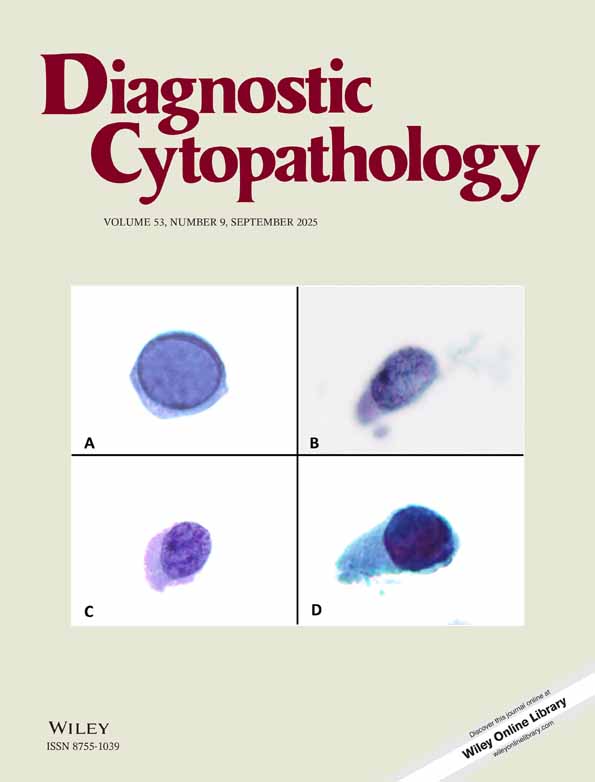Effect of Bethesda 2001 on reporting of atypical squamous cells (ASC) with special emphasis on atypical squamous cells-cannot rule out high grade (ASC-H)†
This study was presented at the 93rd Annual Meeting of the United States and Canadian Academy of Pathologists, March 2004, Vancouver, Canada.
Abstract
We compared the overall ASC rate and the outcomes for women with different categories of ASC before and after TBS 2001 to evaluate the impact of TBS 2001. Our laboratory reported ASC in four subcategories before TBS 2001; ASC, favor reactive (ASC-R), favor low-grade squamous intraepithelial lesion (SIL) (ASC-L), undetermined significance (ASC-US), and ASC-H. Since the implementation of TBS 2001, we have been reporting ASC as ASC-US and ASC-H. After TBS 2001, our ASC rate decreased from 6.2% to 4% (P < 0.0001). Before TBS 2001, ASC-R carried the same risk as ASC-US for underlying condyloma/CIN 1. Moreover, ASC-R was rarely associated with CIN 2 or 3. Before TBS 2001, ASC-H captured more low-grade (condyloma/CIN 1) and less high-grade (CIN 2, 3, and SCC) lesions compared to after TBS 2001. More women with ASC-H after TBS 2001 underwent colposcopy (80% vs. 71%, P < 0.05). Twenty-two percent of women with ASC-H required 2–4 colposcopies to identify the high-grade lesion. Our results confirm that consistent application of TBS 2001 terminology for ASC reduces the ASC rate, and better identifies women at high risk for CIN 2, 3, and SCC. In addition, ASC-H requires very close clinical follow-up as a significant percentage of women require more than one colposcopy to identify the high-grade lesion. Diagn. Cytopathol. 2006;34:62–66. © 2005 Wiley-Liss, Inc.




